According to research done a few years ago by Pathfinder, car journeys were the single biggest consumption occasion for mints, while Cadbury research carried out last year found that travelling accounts for 21.4% of chewing gum occasions second only to work. What is more, 29% of gum users keep gum supplies in their car. All this is great news for forecourt retailers and you can easily see why mints and gum earn their places so close to the till in so many outlets.
However it must be said that all is not absolutely rosy in the chewing gum market. According to AC Nielsen figures, the gum market is worth £235m.
On an MAT (moving annual total) basis, it is in a year-on-year value sales decline. But it is recovering and the decline has slowed to 5.5% year-on-year (from 10.8% earlier in 2009) in the latest 12 weeks’ data (AC Nielsen total coverage MAT to September 30, 2009).
In gum, Wrigley’s Extra is king with a 58% share of the category and sales worth over £143m. But there’s much more to Wrigley than Extra. Other brands include Airwaves, Orbit and the recently launched 5. Indeed so comprehensive is the company’s portfolio that almost £9 in every £10 spent on gum is spent on Wrigley’s (Nielsen data).
The 5 range comprises three flavours: cobalt (cooling peppermint); electro (tingling spearmint) and pulse (crisp tropical). The gum comes in embossed black gloss packaging and has a recommended retail price of 97p. Wrigley reports that 5 is performing well. Gareth Streeter, PR manager at the company, says: "It is clear that with its innovative high impact packaging and longer-lasting flavour delivery, 5 is already re-energising the gum category and is still on track to become the chewing gum of choice for stylish consumers."
Meanwhile, the mints category is worth £123.3m and has grown 3.6% year on year (Nielsen).
In mints, Trebor is the number one best selling brand, worth £55m, and its sales are still growing. The brand had a market share of 45% over the last year, up 2% on the previous year. Brand owner Cadbury is particularly pleased with Trebor’s growth because it’s come through established lines and not new launches. However, one new launch for Trebor appeared on shelves last summer Trebor Extra Strong gum.
A natural extension for the big mint brand, Cadbury says that in research, consumers asked why Trebor had waited so long to get into gum. The new product is aimed at over-35s and comes in stick packs of 10 pellets.
Earlier last year, Wrigley had done the opposite to Cadbury and extended its Extra gum brand into the mint category. The company says Extra Ice Mints were launched to coincide with the rise in consumer demand for sugar-free mints.
Extra Ice Mints come in peppermint and spearmint flavours, in a tin. Rrp is 97p. Wrigley says that according to Nielsen figures, the mints are adding incremental sales to the category. The brand is worth £10.9m with a value share of 6.8%.
Mentos is a massive brand worldwide but took its time coming to the UK.
Laura Willems, brand manager for Mentos and Smint at Perfetti van Melle, says that all changed five years ago when the UK got its own Mentos sales team. Now Mentos is a fast-growing brand here. It encompasses fruit and mint rolls as well as gum. The pocket bottle pack of gum, which retails at 99p, sells particularly well in managed forecourts.
Last year Perfetti Van Melle hired account managers specifically for the forecourt channel and Willems says that has helped the company get new listings.
Smint too is doing well on forecourts, particularly the 20g pack. "Smint is a power mint that’s discreet and small plus these mints are good for your teeth because they are sugar free," says Willems.
Improving sales
According to Wrigley’s Streeter, the company’s research shows that retailers can improve their chewing gum sales by up to 12% by simply stocking the best selling lines and supporting them with in-store point of sale material. "This combined with a correctly merchandised display unit that remains well stocked at all times will ensure retailers get the most out of their gum fixture," he says.
"The shop that merchandises well, displays goods attractively and communicates its prices confidently is more likely to impress consumers than one that fails to observe such a straightforward and important merchandising practice."
On-the-go freshness
Kate Harding, trade communications manager at Cadbury, adds: "Most mint and gum products are consumed on the go, so it is important to offer shoppers a good range to choose from. Gum and mints are seen as a necessity by the forecourt shopper and are used for both fresh breath and distraction. As such, they are an ideal link purchase to cigarettes and tobacco. Mouth fresh is a key mission for the forecourt shopper and products are purchased on both a planned and impulse basis.
"The mints and gums categories have a fast rate of sale, so products should be sited in key impulse areas in store and flagged by top-selling brands such as Trident and Trebor, for maximum visibility. Cadbury’s Path to Buying Research has shown that only one in five shoppers notice gum in store, but when they do, 96% of them make a gum purchase."


















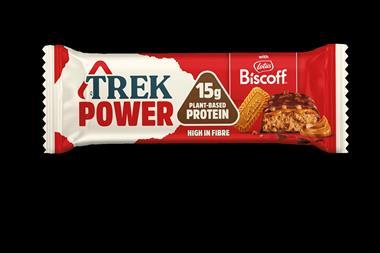

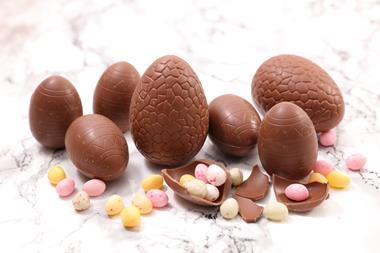
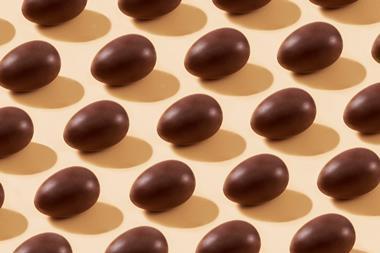

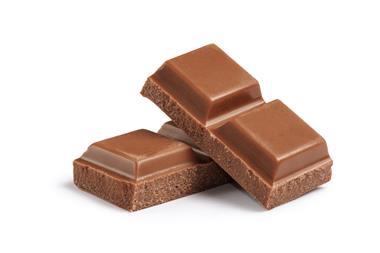


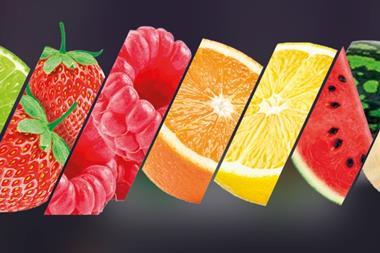

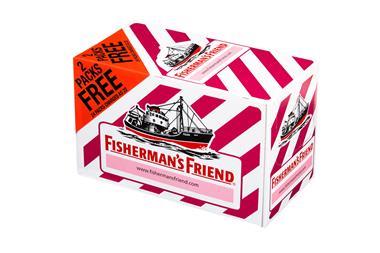
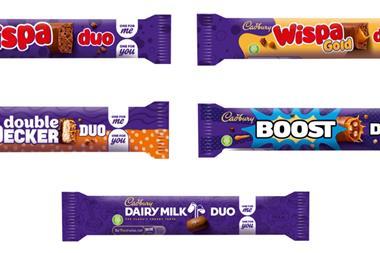
No comments yet